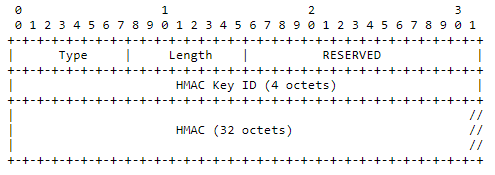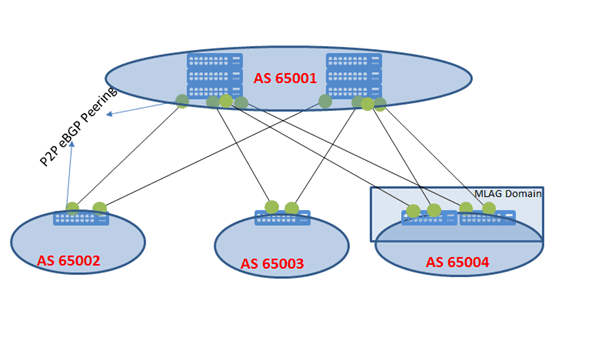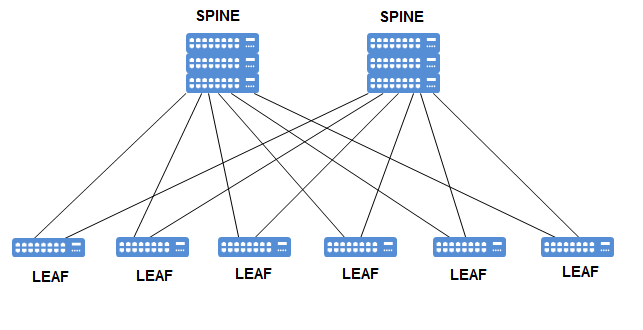SRH is a new type of IPv6 Routing Extension Header and it includes SRv6 SIDs. It may include a Segment List encoded as an IPv6 Address. It is not an exact IPv6 address. You may think like it is just a format and we will call it SRv6 SID. Format is IPv6 address but in …







